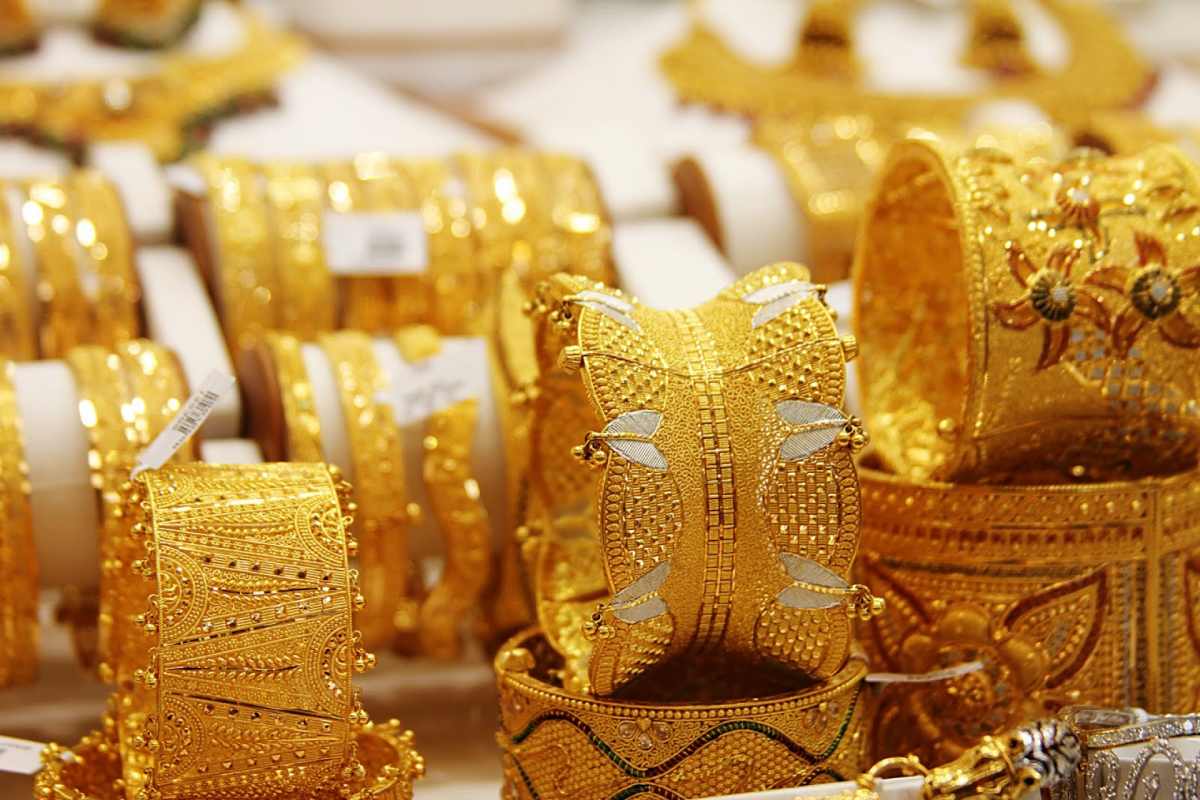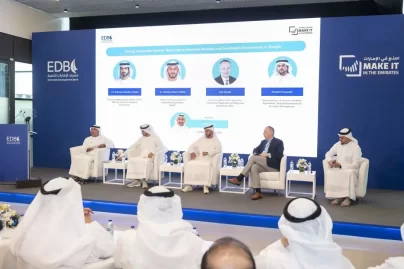UAE announces VAT changes in the gold, the diamond sector
Fri 09 Dec 2022
Abu Dhabi: Pursuant to a resolution issued by the Cabinet, the Ministry of Finance (MoF) announced the amendment of the VAT treatment on workmanship services when supplying gold and diamonds between Registrants in the State.
According to the resolution, there will be a temporary replacement for the definition of “goods” contained in Article (1) of Cabinet Decision No. (25) of 2018 on the Mechanism of Applying Value Added Tax on Gold and Diamonds between Registrants in the State to be “gold, diamonds and any products whose main component is gold or diamonds, which may include workmanship services directly related to the supply of these commodities”.
This amendment will be applied for the period from June 1, 2018, to December 31, 2022, noting that the term provided in the aforementioned Cabinet Decision No. (25) of 2018 (goods) will be re-applied starting from January 1, 2023.
The Federal Tax Authority will further clarify the amendments to taxpayers.
Also, read – Gold and Copper sites discovered in Saudi Arabia
About UAE
The area’s history can be traced back to 6000 B.C. The UAE as a federation did not exist then. The area and the surrounding region were referred to as Arabian Peninsula. This page provides a brief about life in the area during ancient times and the significant events that took place on this land that affected the sovereignty and freedom of its people and lead them to form the country of the United Arab Emirates.
Ancient history
The area’s history can be traced back to 6000 B.C. The UAE as a federation did not exist then. The area and the surrounding region were referred to as Arabian Peninsula. This page provides a brief about life in the area during ancient times.
Early civilisations
Archaeological excavations reveal that ancient civilisations flourished in the region; starting from either the Neolithic or Paleolithic Ages (6000 B.C. – 3500 B.C.) up to the end of the Iron Age (1300 B.C. – 300 B.C.).
Civilisation in the Paleolithic Age (6000 B.C. – 3500 B.C.)
In this period, there were Bedouin communities, which lived on fishing and plant collecting. This era was characterised by the emergence of pottery, evidence of which was found in Sharjah, Umm Al Quwain, Ras Al Khaimah and Abu Dhabi. The evidence could be traced back to the Ubaid period, part of the Paleolithic Age, dating back to the sixth millennium B.C.
Civilisation in the Bronze Age (3200 B.C. – 1300 B.C.)
This age is divided into three periods:
- Jebel Hafeet period
This period extends from 3200 B.C. to 2500 B.C. and was named so because of the tombs found in Jebel Hafeet near Al Ain city in the emirate of Abu Dhabi.
- Umm Al Nar period
This period extends from 2500 B.C. to 2000 B.C. It was named so after the discovery of the monuments on Umm al Nar Island in Abu Dhabi in the mid-nineteen fifties.
- Wadi Suq period
This period extends from 2000 B.C. to 1300 B.C. and was named after one of the sites in Wadi Suq, between Al Ain and the Omani coast.
Civilisation in the Iron Age (1300 B.C. – 300 B.C.)
This age extends from 1300 B.C. to 300 B.C. The archaeological finds show the emergence of the first use of falaj irrigation systems that enabled the extraction of groundwater for continuous cultivation in the dry climate. U

 Apr 29 2024
Apr 29 2024













